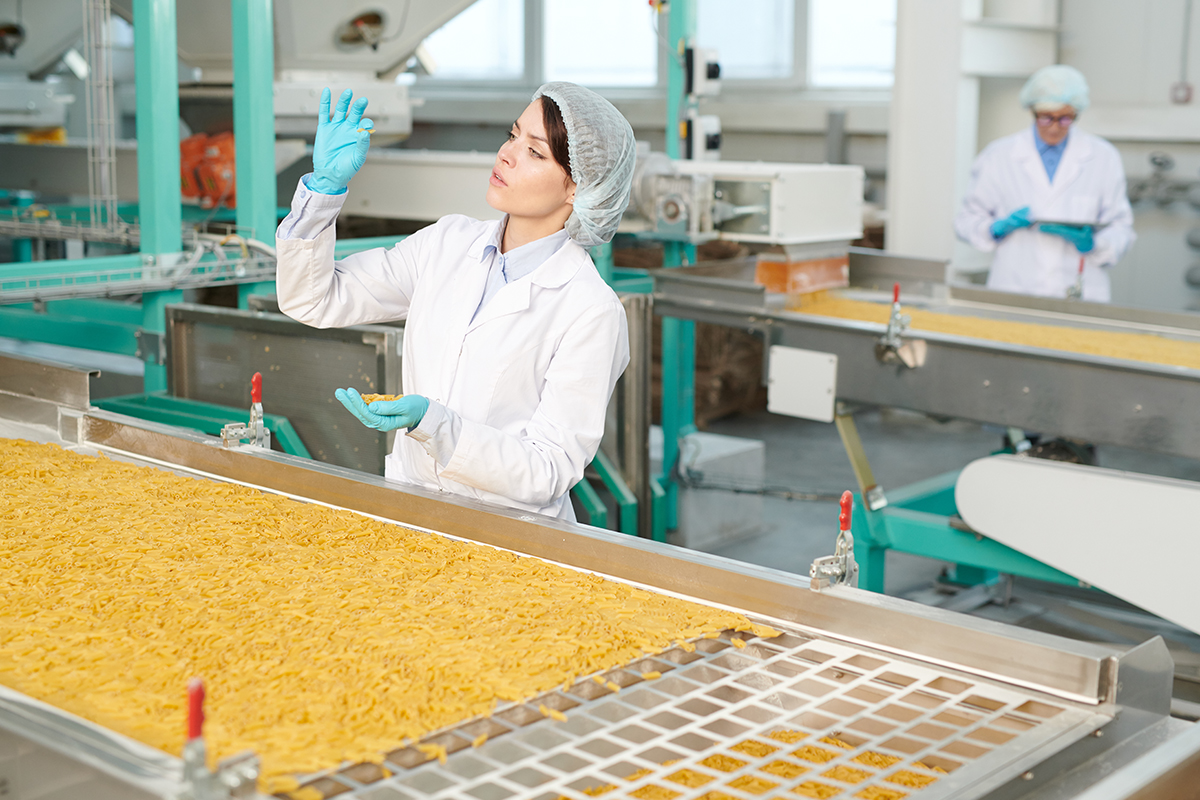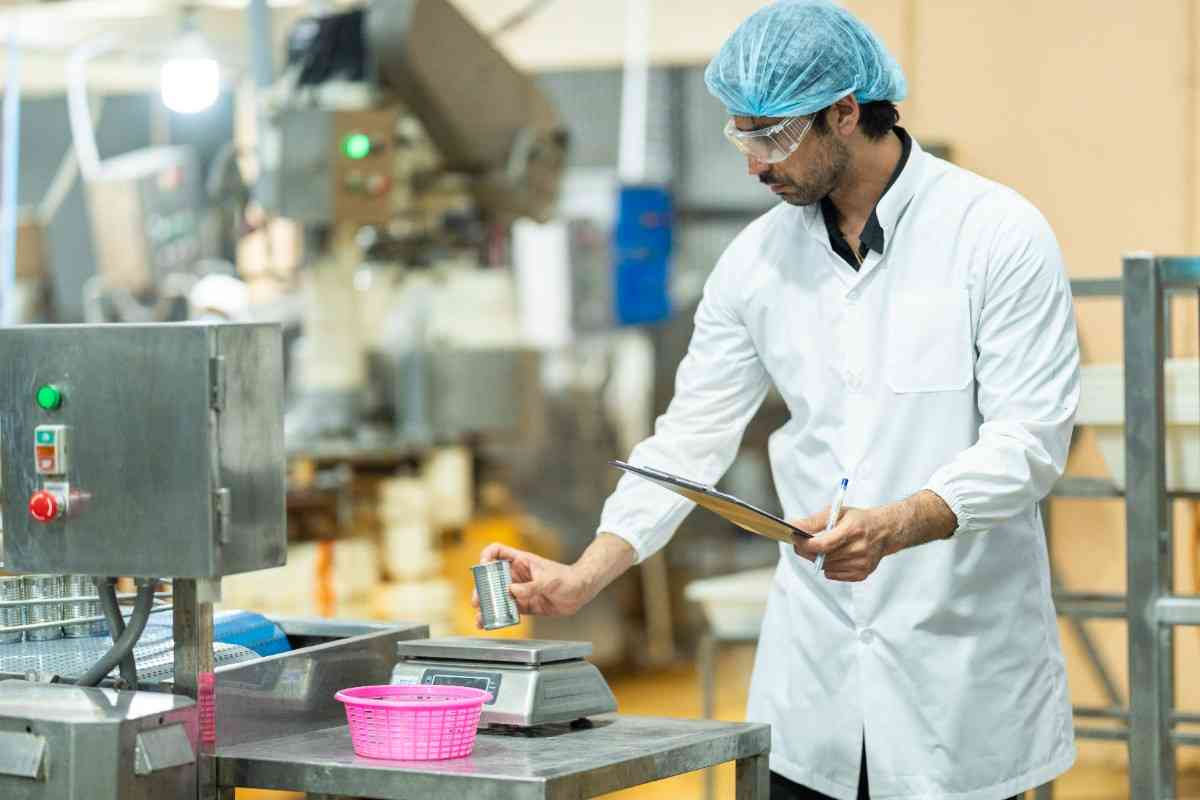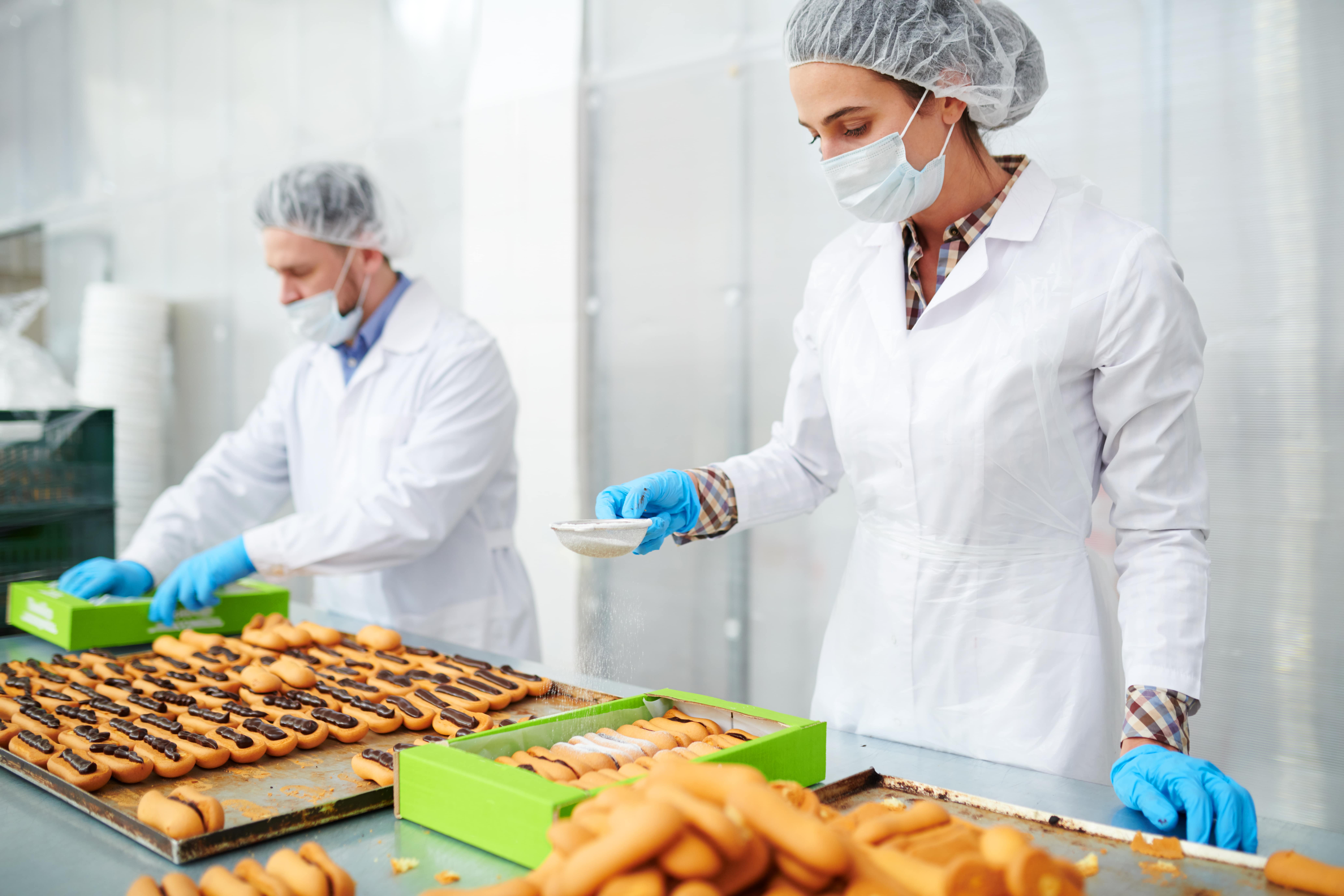Last Updated on April 11, 2025 by Admin
Everyone can benefit from eating healthy, but the short shelf life of most fresh foods makes it hard for people to change their eating habits. Food sellers also have a hard time because they only have a short time to sell fresh foods, meats, and healthy snacks. Due to the perishable nature of these things, they often need help making the most money and wasting as little as possible.
The good news is that modified atmosphere packaging (MAP) is a way to keep food fresh and make healthy food options more widely available. This new packing technology helps maintain the safety and quality of fresh food and makes it last a lot longer. This article discusses how Modified Atmosphere Packaging works and its benefits. It also gives examples to show how well it keeps food fresh for longer, making it applicable for both buyers and sellers.
What is Modified Atmosphere Packaging?
MAP is a packaging technology that alters the atmosphere inside a package to better preserve the food within. By adjusting the levels of gases like oxygen, nitrogen, and carbon dioxide inside the sealed packaging, MAP significantly slows down deterioration processes such as spoilage and discolouration. This method is especially effective for fresh and perishable foods, from meats and vegetables to dairy and baked goods.
How Does Modified Atmosphere Packaging Work?
Modified Atmosphere Packaging involves changing the internal atmosphere of food packaging by actively pumping in desired gases or passively allowing natural gases emitted by the food to adjust within a sealed environment. The primary goal is to reduce the oxygen level, which supports aerobic bacteria growth and speeds up oxidation — the cause of spoilage and off-flavours. Nitrogen is often used to displace oxygen because it is inert and does not react with the food. Meanwhile, carbon dioxide is included to inhibit the growth of bacteria and mould.
Example of Modified Atmosphere Packaging
Here are detailed examples illustrating how does Modified Atmosphere Packaging works:
- Fresh Meats: In packaging fresh meats, Modified Atmosphere Packaging (MAP) removes oxygen and replaces it with nitrogen and carbon dioxide. This mix helps prevent bacterial growth and keeps the meat fresh and appealing on store shelves.
- Coffee Beans: MAP controls the release of carbon dioxide that occurs after roasting coffee beans. This prevents the packages from bursting and helps maintain the beans’ rich flavour and freshness.
- Fresh Fruits and Vegetables: MAP uses a nitrogen gas flush and unique films to keep fruits and vegetables fresh. This slows their natural ageing processes, keeping them fresh and tasty for longer.
- Snack Food Products: Snack manufacturers use MAP to keep their products fresh without adding many preservatives. By using the right mix of gases and packaging, snacks stay crunchy and flavorful for longer.
Benefits of Modified Atmosphere Packaging
The benefits of Modified Atmosphere Packaging are numerous and significant:
- Extended Shelf Life: One of the standout benefits of Modified Atmosphere Packaging (MAP) is the significant extension of product shelf life. By slowing down the biological and chemical processes that lead to spoilage, MAP ensures that items like dairy, meats, and baked goods remain fresh for much longer. It reduces food waste and the frequency of restocking needed by suppliers, which translates into economic savings and better inventory management.
- Improved Product Safety: MAP enhances food safety by lowering oxygen levels inside packaging, which decreases the risk of contamination from aerobic pathogens that can lead to foodborne illnesses. Additionally, by controlling the internal microbial environment, MAP effectively inhibits the growth of harmful microorganisms, thus providing safer food products to the consumer.
- Reduced Need for Preservatives: A key advantage of MAP is its ability to reduce or even eliminate the need for chemical preservatives commonly used to prolong the life of food products. This appeals to health-conscious consumers who prefer products with natural or organic ingredients, making MAP an attractive choice for manufacturers looking to cater to this market segment.
- Enhanced Product Presentation: MAP also plays a crucial role in maintaining the visual appeal of food products by preserving their colour and texture. This not only improves consumer satisfaction but also increases marketability. Attractive and fresh-looking products are more likely to be picked up by shoppers, reducing the chances of product rejection due to poor appearance.
Difference Between Modified Atmosphere Packaging and Controlled Atmosphere Packaging
While both aim to prolong shelf life, the difference between Modified Atmosphere Packaging and Controlled Atmosphere Packaging lies in their application and control level. MAP is typically used for individual packaging solutions where the atmosphere inside the packaging is changed once and remains static until opening. In contrast, Controlled Atmosphere Packaging (CAP) is generally used in larger storage environments like warehouses, where the atmosphere can be continuously monitored and adjusted.
Also Read: “Role of Food Packaging and Labelling in Today’s Culinary Landscape”
By illustrating how does Modified Atmosphere Packaging work and providing an example of Modified Atmosphere Packaging, this article underscores the profound benefits of Modified Atmosphere Packaging. MAP extends the shelf life of perishables, maintains their quality, and reduces dependency on chemical preservatives. As we’ve seen, the distinction from Controlled Atmosphere Packaging further highlights MAP’s unique suitability for individual food items, making it essential for food suppliers and beneficial for consumers aiming for a healthier lifestyle.













